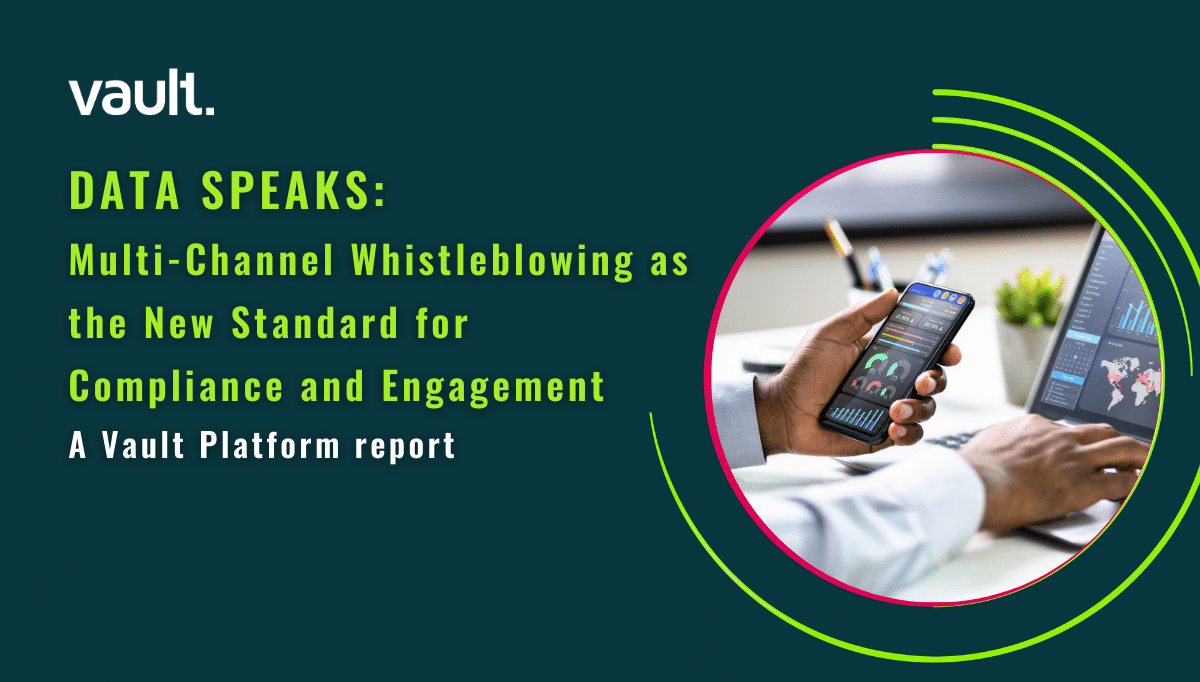
Workplace misconduct can happen in any organization, even those with a CEO who sets a strong tone from the top, a CCO who role models ethical behavior, and the right systems, policies, and processes in place to identify risks and monitor company standards. An ethically sound company will take swift action once it detects misconduct to prevent further damage and get back on track.
Conversely, in companies where the culture is toxic, where bullying and abusive treatment are considered leadership strengths, where intimidation is a tactic to prevent employees from speaking up, and where the compliance program is window dressing only, misconduct is not just an isolated act, it is woven into the fabric of the company.
What is Workplace Bullying?
According to Verywell Mind, workplace bullying presents as verbal, nonverbal, psychological, or physical abuse. It involves a range of behaviors including threats; intimidation; being humiliated in front of co-workers; unjustified criticism; excessive monitoring; dismissal of someone’s efforts; pressure to do things they don’t want to do; and taking credit for other people’s work, to name a few. Workplace bullying can be all-inclusive or may target victims based on their gender, race, disability, or another characteristic, but it is always about maintaining power and control.
In some cases, workplace bullying may be condoned or encouraged by a Leadership team and perpetuated by company norms. A hierarchical reporting structure may produce a certain leadership style that is akin to workplace bullying. An employee working under the pressure of unrealistic goals or a compensation structure that incentivizes the wrong behaviors may relieve stress by bullying a co-worker or junior employee.
Sometimes the hiring process doesn’t screen for candidates with a cultural fit or for character and lets in individuals who don’t prioritize treating employees with respect. Regardless of why or how workplace bullying exists, it continues so long as leadership figures don’t understand its root cause, turn a blind eye to red flags, or worse, are its torchbearers.
Toxic Workplace Culture in the News
A New Republic article claims that the Theranos story is more a cautionary tale about the impact of bullying than it is about the sufferings of rich investors or even the cost to patients and employees. It states: “The real crime, as opposed to the legal one, is what CEO Elizabeth Holmes did to the people on her payroll who tried to tell the truth.”
The first Theranos employee to Speak Up was the company’s CFO who, in 2006, told Holmes that he was concerned they were fooling investors with false promises about their technology. He was fired on the spot and rumors were spread that he was terminated for embezzlement. Over the next nine years, other employees tried to raise the alarm with Holmes and Ramesh Balwani, COO, many of whom were fired too. According to a Daily Beast article, some described themselves as survivors of a startup ruled by “paranoia, subterfuge, bullying, and retaliation.” The environment was one of high turnover, bizarre loyalty pledges, fears of legal retaliation, and the tracking of employees’ hours, email, and computer activity – even those they had lunch with.
In 2014, Tyler Schultz, grandson of former Secretary of State George Schultz and an intern who had only joined the company eight months prior, sent an email to Holmes telling her that all was not right with the company. After a threatening response from Balwani, Schultz quit and subsequently reported Theranos to New York State’s public health lab under a pseudonym and spoke confidentially to the Wall Street Journal. Like other active and former employees who tried to alert investors, government regulators, and the press, he was also threatened with financial ruin.
The ultimate demise of Theranos came because it was built on a vision of something that did not exist. Workplace bullying and toxicity were used to silence employees’ voices for years and dupe investors and patients, but Theranos’ downfall was inevitable.
Many other companies like Volkswagen, Activision, and Wells Fargo, which may not have been doomed to failure from the start like Theranos, have nonetheless fallen prey to fraud schemes and misconduct, negligence, and hubris. Toxic cultures and workplace bullying in these companies covered up fraud and misconduct and ensured that the schemes went unchecked and unreported. These behaviors caused harm to employees, customers, third parties, investors, and the environment.
These companies may still have a fighting chance to escape a hole that they dug themselves, but their reputations are still tarnished, and their troubles are far from over.
The Impact of Workplace Bullying
As these examples show, workplace bullying is detrimental to employers, the employees who experience bullying firsthand, and bystanders who bear witness to the bullying of co-workers. It is a negative-sum game.
For employers, workplace bullying leads to a host of headaches, not least of which are costly legal fees resulting from hostile work claims; decreased productivity resulting from disengagement and erosion of employee morale, loyalty, and commitment; high absenteeism and turnover; and a difficult landscape for recruiting new talent.
For employees – the victims of bullying or their witnesses – workplace bullying erodes their trust and sense of safety and perpetuates their fear of speaking up. In the absence of a healthy speak-up culture, misconduct goes unchecked, and issues that may have been nipped in the bud grow to brand and reputation-damaging proportions. Frustrated employees may eventually walk away, but some will also Speak Up externally to the media, regulatory authorities, or to lawyers. They do so not because they’re defiant troublemakers, but because they’re disappointed believers.
All of us who have experienced workplace bullying first-hand or who have seen co-workers we care about being targeted by it also understand its impact on mental health; stress, anxiety, difficulty sleeping, fatigue, low self-esteem, hopelessness, and depression.
Moving Towards a Better Workplace
Corporate leadership must defend and protect the dignity of its employees by setting the right example at the top, and role-modeling truth, transparency, trust, respect, inclusiveness, and safety. They must also develop a cadre of managers who can listen, communicate clearly, act ethically with respect and compassion, and think on their feet.
Leaders and managers should have their ears to the ground for signs of trouble and be prepared to hear it, process it, and act on it. They should continuously assess the company’s culture, utilizing the troves of available data to connect the dots and identify red flags. Most important of all, they must act swiftly and with urgency to address any pockets of toxicity.
When employees have confidence in leadership’s willingness to listen, take their concerns seriously, respect and protect them in the process, and fight for organizational justice, they will utilize the processes and tools made available to them to Speak Up for themselves, and on behalf of others, when they have concerns or when they suffer. When they do, they hold corporate leaders accountable for their actions. Only then can the needle move toward businesses doing the right things and doing things right.
Looking to develop a speak-up, listen-up culture at your workplace? We can help.
***
Frequently asked questions
how to handle bullying in the workplace?
Corporate leadership must defend and protect the dignity of its employees by setting the right example at the top, and role-modeling truth, transparency, trust, respect, inclusiveness, and safety.
How to report bullying at work?
When employees have confidence in leadership’s willingness to listen, take their concerns seriously, respect and protect them in the process, and fight for organizational justice, they will utilize the processes and tools made available to them to Speak Up for themselves.
What is toxic behavior in the workplace?
Toxic cultures and workplace bullying harm employees, customers, third parties, investors, and the environment.
How do you handle a toxic work environment?
Hold corporate leaders accountable for their actions. Only then can the needle move toward businesses doing the right things and doing things right.






